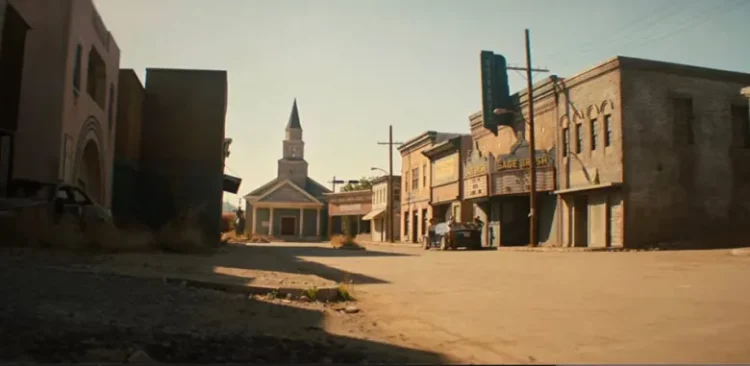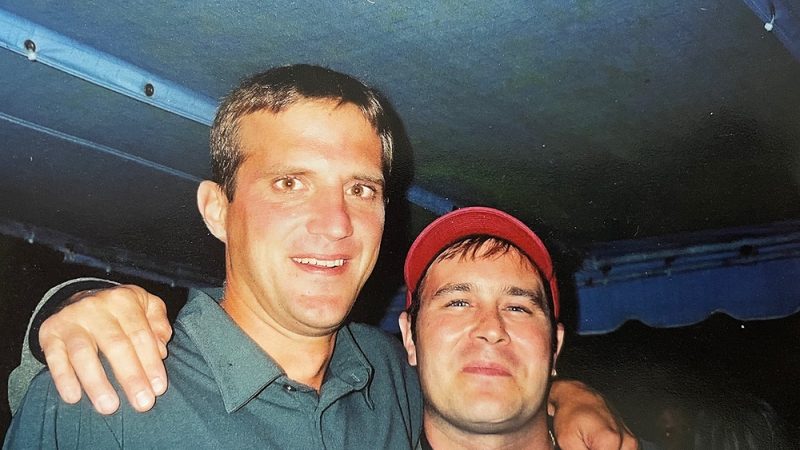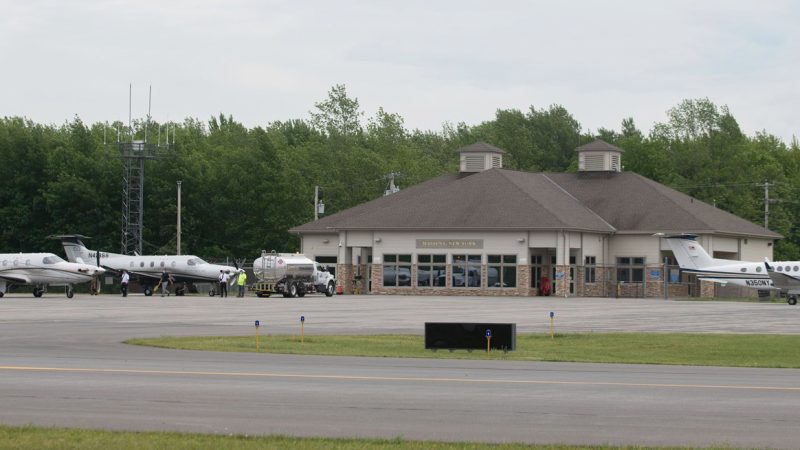: Unveiling the Truth: Is Harlow a Real Town in the Texas Chainsaw Massacre?

The Texas Chainsaw Massacre has long been ingrained in the annals of horror cinema, leaving an indelible mark on the genre. Among the unsettling landscapes and eerie settings of the film, one name stands out – Harlow. But is Harlow a real town, or is it merely a creation of the horror masterpiece? In this exploration, we delve into the origins of Harlow and its connection to The Texas Chainsaw Massacre.
Harlow in The Texas Chainsaw Massacre:
First released in 1974, The Texas Chainsaw Massacre is a landmark horror film directed by Tobe Hooper. The movie follows a group of friends who encounter a family of cannibals while on a road trip through rural Texas. Harlow serves as a backdrop to some of the most chilling scenes in the film, contributing to the overall sense of isolation and dread.
However, as many horror enthusiasts may already know, Harlow is not a real town. The film’s setting is a fictional amalgamation of various locations, creating a nightmarish dreamscape that resonates with viewers. The use of a fictional town adds to the film’s mystique, blurring the lines between reality and horror.
Inspiration for Harlow:
While Harlow itself may not exist, the inspiration for its creation can be traced back to real places in Texas. The film’s production team scouted several locations across the state, including small rural towns that lent an authentic atmosphere to the movie. Places like Round Rock, Williamson County, and Leander served as visual references, inspiring the eerie landscapes that became synonymous with The Texas Chainsaw Massacre.
The choice to invent a fictional town allowed the filmmakers to craft a narrative that transcended specific geographical boundaries, tapping into a universal fear of the unknown. By creating Harlow, the filmmakers successfully blurred the line between reality and fiction, intensifying the horror experience for audiences.
Cultural Impact:
Over the years, The Texas Chainsaw Massacre has become a cultural phenomenon, influencing not only the horror genre but also popular culture as a whole. The fictional town of Harlow has played a pivotal role in shaping the film’s legacy, becoming a symbol of horror and unease. Despite its non-existence in the real world, Harlow has become a household name among horror enthusiasts, representing the nightmarish landscapes of rural Texas.
The film’s success has led to various sequels, reboots, and spin-offs, each attempting to capture the essence of the original. While the town of Harlow may not have a place on any map, its impact on the horror genre is undeniable.
Real-Life Haunts:
While Harlow may be a product of fiction, the real-life locations that inspired its creation are not devoid of their own eerie histories. The Texas Chainsaw Massacre’s choice of rural Texas as a setting reflects a deliberate decision to tap into the unsettling atmosphere of isolated, desolate landscapes.
Many of the towns visited by the film’s production team have their own tales of the supernatural and the macabre. Abandoned buildings, dilapidated structures, and desolate landscapes all contributed to the film’s authenticity, creating an unsettling ambiance that still resonates with audiences today.
Legacy of Horror:
The Texas Chainsaw Massacre’s legacy extends beyond its initial release, influencing subsequent generations of filmmakers and horror enthusiasts. The use of a fictional town like Harlow has become a common trope in the horror genre, allowing storytellers to craft unique narratives that transcend the constraints of reality.
Harlow’s impact can be seen in the way filmmakers approach setting and atmosphere in horror films. The idea of a small, isolated town with a dark history has become a staple, with filmmakers drawing inspiration from the chilling landscapes of The Texas Chainsaw Massacre.
The Influence on Texas Tourism:
Interestingly, the success of The Texas Chainsaw Massacre has had unexpected consequences for Texas tourism. While Harlow itself may not be real, the film’s popularity has led to an increased interest in the locations that served as its inspiration. Fans of the film often embark on pilgrimages to explore the eerie landscapes of rural Texas, seeking out the places that contributed to the film’s legendary atmosphere.
Local businesses in these areas have embraced their connection to the film, catering to horror enthusiasts with themed tours and events. The Texas Chainsaw Massacre, despite its gruesome narrative, has become a cultural touchstone that draws visitors to the very locations that inspired the fictional town of Harlow.
Conclusion:
In the world of The Texas Chainsaw Massacre, Harlow may not be a real town, but its impact on the horror genre and popular culture is undeniably tangible. The film’s use of a fictional setting has allowed it to transcend geographical boundaries, tapping into universal fears and creating an enduring legacy. While the landscapes of Harlow may exist only in the realm of fiction, the real-life locations that inspired them continue to attract those seeking a taste of the macabre. The Texas Chainsaw Massacre’s ability to blur the line between reality and horror remains a testament to its enduring influence in the world of cinema.






